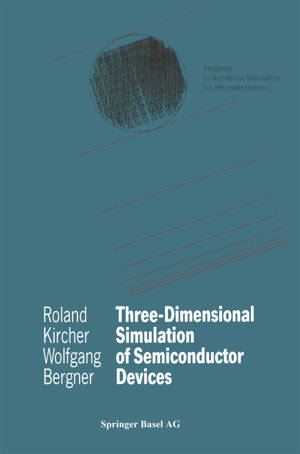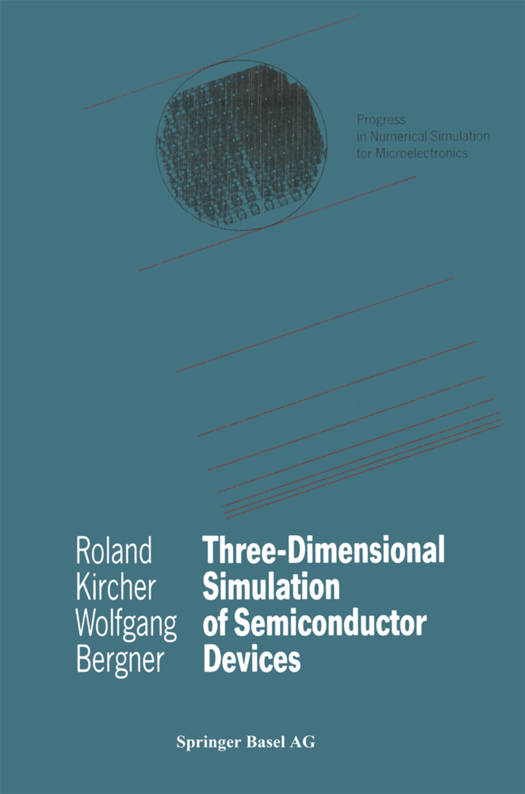
Je cadeautjes zeker op tijd in huis hebben voor de feestdagen? Kom langs in onze winkels en vind het perfecte geschenk!
- Afhalen na 1 uur in een winkel met voorraad
- Gratis thuislevering in België vanaf € 30
- Ruim aanbod met 7 miljoen producten
Je cadeautjes zeker op tijd in huis hebben voor de feestdagen? Kom langs in onze winkels en vind het perfecte geschenk!
- Afhalen na 1 uur in een winkel met voorraad
- Gratis thuislevering in België vanaf € 30
- Ruim aanbod met 7 miljoen producten
Zoeken
€ 39,45
+ 78 punten
Omschrijving
The three-dimensional device simulation has become a necessary tool for the design and investigation of complex device structures. The evolution of the three-dimensional simulation tools is directly linked to the scaling of the devices and the increasing complex- ity of dynamic random access memory (DRAM) cells. Scaling of MOSFET devices led to a three-dimensional geometry with effects which cannot be handled by two-dimensional simulations anymore. With increasing integration density in DRAMs the third dimen- sion had to be utilized to realize the storage capacitor. The result- ing leakage problems have to be investigated and the cell design optimized by means of three-dimensional simulations. This book is intended for senior undergraduate students in applied physics, electrical engineering and computational physics, as well as for scientists and engineers involved in semiconductor device re- search and development. It is also intended for software engineers and all those who are concerned with simulation. The book will give an overview on the problems and activities con- cerning three-dimensional device simulation, without the claim of being a classical textbook. It starts from the classical semiconduc- tor equations, discusses the physical models used in device simu- lation, describes the discretization and some numerical methods for solving the differential equations. The application of the three- dimensional simulation to VLSI device engineering is illustrated by a few specific examples.
Specificaties
Betrokkenen
- Auteur(s):
- Uitgeverij:
Inhoud
- Aantal bladzijden:
- 124
- Taal:
- Duits
- Reeks:
Eigenschappen
- Productcode (EAN):
- 9783034877329
- Verschijningsdatum:
- 14/12/2012
- Uitvoering:
- Paperback
- Formaat:
- Trade paperback (VS)
- Afmetingen:
- 152 mm x 229 mm
- Gewicht:
- 185 g

Alleen bij Standaard Boekhandel
+ 78 punten op je klantenkaart van Standaard Boekhandel
Beoordelingen
We publiceren alleen reviews die voldoen aan de voorwaarden voor reviews. Bekijk onze voorwaarden voor reviews.









